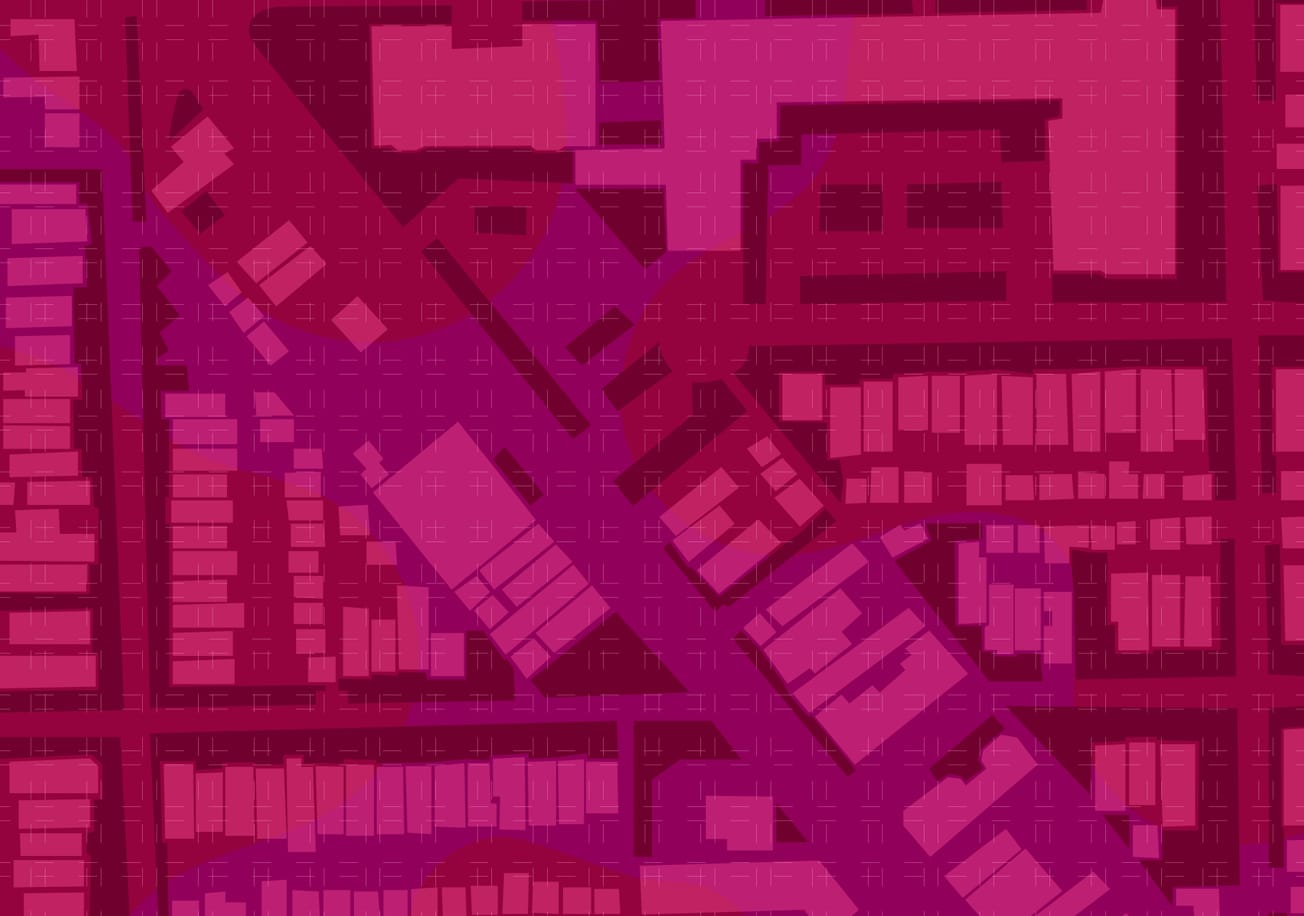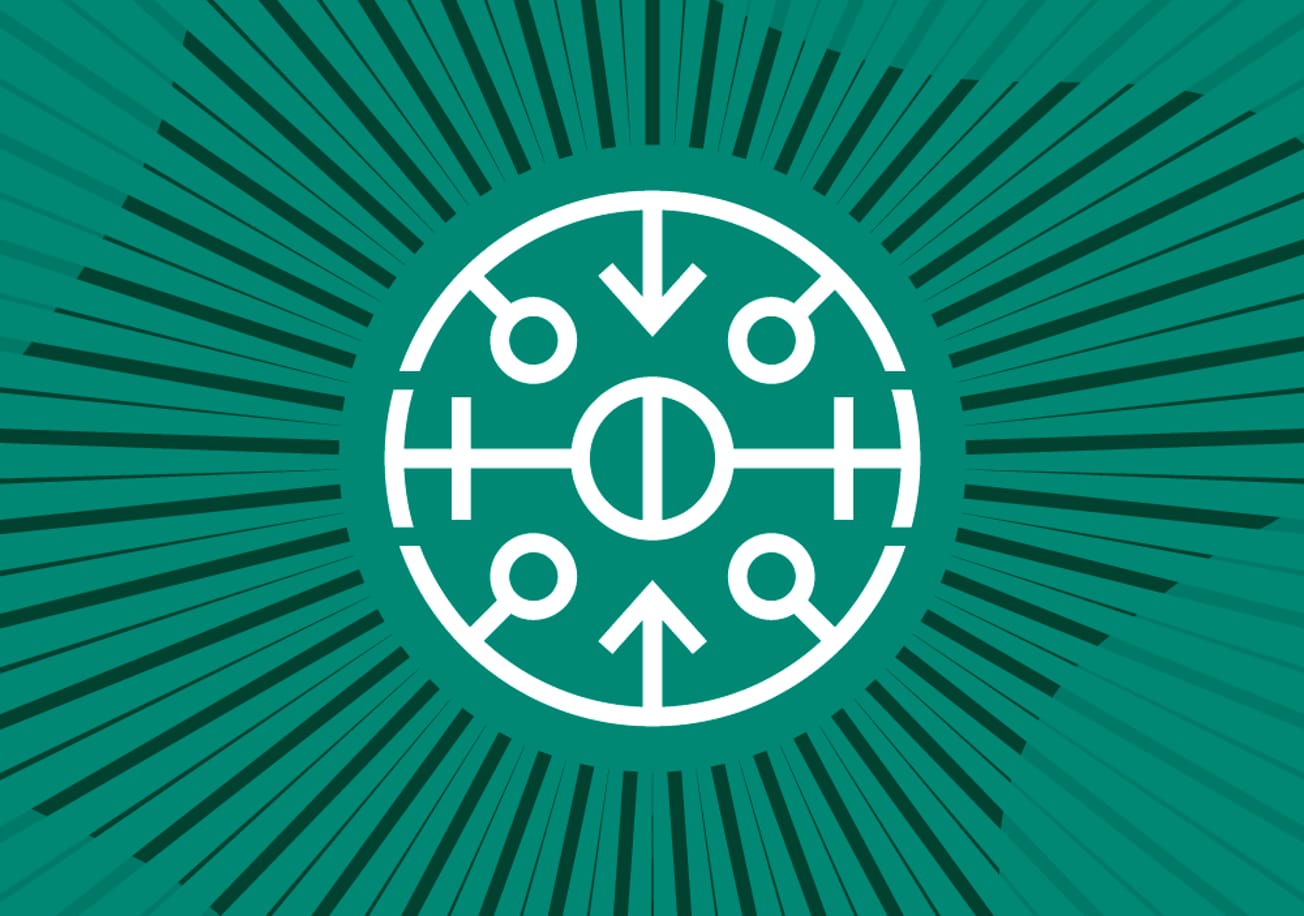Executive Summary
In 2008 and 2009, a handful of MBA students across the country responded to an invitation from Filene to spend their summer internships at credit unions. These Filene Summer Fellows were drawn to credit unions in the first place by social responsibility, the sense that they could do meaningful strategic work on behalf of organizations that had members' (and by extension, society's) best interests at heart.
One of the greatest challenges of the summer fellows program, however, was an unfortunate mismatch: up-and-coming business leaders seemed more interested in credit unions than credit unions were in them. Granted, this was the summer of 2008, when investment banks were rescinding their usual gold-plated offers and previously stable companies were suddenly found belly up in the rubble of the Great Recession. But, despite a resume book full of candidates from business schools like Northwestern, Stanford, and Notre Dame, precious few credit unions were recruiting around this emerging cadre of workers who were as interested in social good as in bulging bottom lines.
That continued mismatch—credit unions familiar with the social responsibility movement growing up around them—drives this research into sustainability benchmarking. What behaviors should you measure? How can financial institutions construct their own sustainability profiles?











